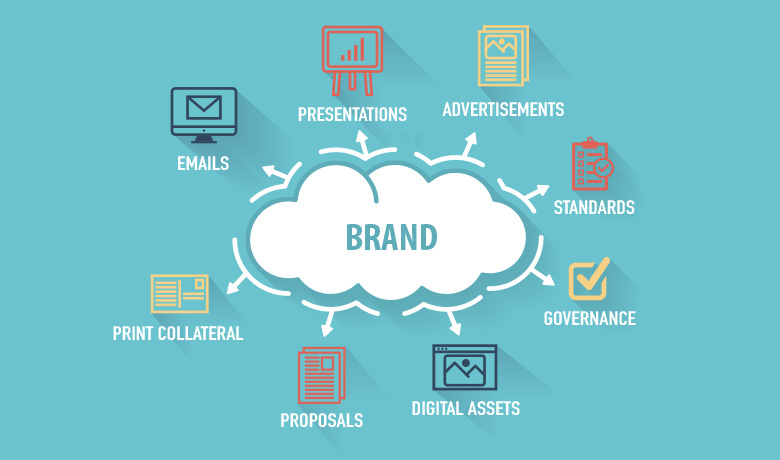Get news, updates, and insights delivered straight to your inbox.
The #1 Reason Companies Struggle with Brand Consistency

The #1 Reason Companies Struggle with Brand Consistency
Our charter as marketers today is to satisfy our customers’ need for information, regardless of which channel they prefer to engage with us on. The majority of buyers (2/3 in a recent study) involve multiple channels in their purchase process, and those who do spend three to four times more than single-channel customers do.
“Today, content is the lifeblood that flows through multi-channel marketing strategies.” – Gleanster
It is the responsibility of the marketing function to drive internal improvement in managing this lifeblood of content, and make it accessible across the organization.
As it stands, content is growing at exponential rates across marketing channels. Large organizations face increasing complexities and distributed networks of employees and partners who interact with customers. Fragmented systems, legacy applications, and excessive dependence on shared drives or personal hard drives lead to brand consistency challenges and cumbersome marketing cycle time on campaigns.
The #1 reason organizations struggle with multi-channel communications is poor content management.
In a large multi-national or regional organization, corporate marketing is charged with maintaining a consistent brand look and unified customer experience across channels.
Increasingly, it is also the charter of the marketing organization to own the customer experience. A Forrester Research report found that 2/3 of CMOs are now responsible for CX, keeping consumers happy, satisfied, and connected with the brand, not just driving them to products and services.
However, it’s simply not possible to deliver a consistent and relevant customer experience across different channels and touch points when marketing content is fragmented across the enterprise.
The rise of personalization.
One major reason for the rise in complexity in asset management is the need for customization. Personalized content is an important component of one-to-one marketing, and a critical part of the customer acquisition process. Local (or field) marketers need autonomy and flexibility to reach local target audiences because personalization and relevance drive revenue at the local level. 1 Whether a salesperson needs to edit a presentation or proposal for a customer meeting, or a regional channel partner must provide location-specific information for an informational brochure, personalization matters at companies of all sizes. When unmanaged, this need for customization can create rogue and off-brand assets.
Specific industries call for specific needs as well. For example, in the financial services space, organizations are called upon to personalize content while continually enforcing regulatory guidelines that change constantly. Within healthcare and pharmaceutical organizations, custom but outdated materials can lead to dangerously incorrect information.
Wrangling the Chaos with Marketing Asset Management
As brands struggle to meet the needs of their multi-channel consumers through improved content management, many are considering a Marketing Asset Management tool. Research indicates the average Top Performer has generated 2-3 times higher local revenue after implementing a MAM technology. What’s more, local agency costs have been reduced by as much as 75%. 2
With a MAM tool properly implemented, employees spend less time searching for files, or recreating lost assets. Remember, that’s equivalent to 52 working days each year spent completing this task. What would that cost add up to in your organization?
For more, read our full eBook, “Busting the 5 Myths About Marketing Asset Management, DAM, and Project Management.”


